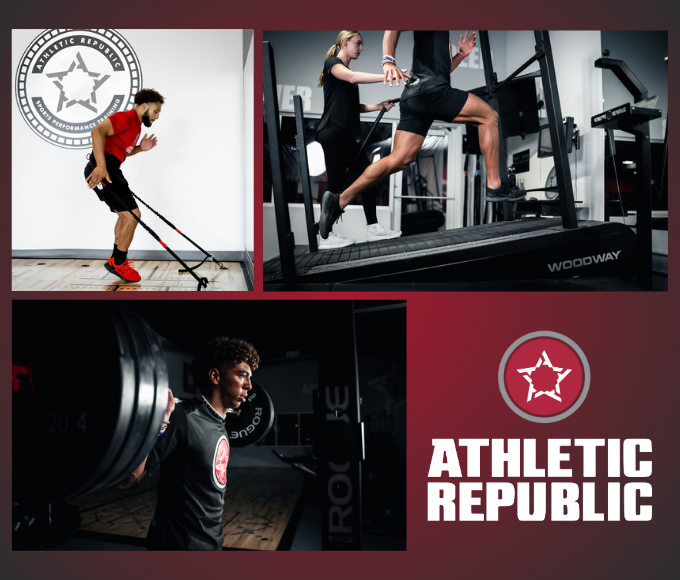Athletes striving for excellence understand that mastery of sport-specific skills is crucial. However, the integration of speed, agility, and strength training into an athlete’s regimen is equally essential.
These components not only enhance overall performance but also provide a competitive edge by optimizing the body’s capabilities and reducing injury risks. This blog post explores the importance of these training elements and the science backing their effectiveness.
Speed Training
Speed is a critical factor in nearly every sport, from sprinting down the field in soccer to beating an opponent to the basket in basketball. Speed training focuses on improving an athlete’s explosive power, acceleration, and top-end speed.
Recent research has shown that targeted speed training can lead to significant improvements in an athlete’s performance. For instance, a study published in the Journal of Strength and Conditioning Research highlighted that sprint training, combined with resistance training, markedly enhances both speed and strength in athletes. At Athletic Republic, speed training is a cornerstone of our approach, utilizing advanced techniques such as treadmill training to increase running speed and efficiency.
Agility Training
Agility, the ability to change direction quickly and effectively, is essential in sports that require rapid movements and quick decision-making. Training for agility improves coordination, balance, and the ability to react swiftly to dynamic game situations.
Agility drills, such as ladder drills and cone drills, have been proven to enhance neuromuscular control and proprioception, which are vital for maintaining balance and stability during sudden movements. A comprehensive agility training program not only improves on-field performance but also significantly reduces the risk of injuries, particularly to the lower extremities.
Strength Training
Strength forms the foundation of athletic performance. It enhances power, endurance, and resilience, making athletes more effective in their specific sports. Strength training involves exercises that improve muscle mass, bone density, and connective tissue strength, which are all crucial for an athlete’s long-term health and performance.
A robust body of research supports the benefits of strength training for athletes. According to the American College of Sports Medicine, consistent strength training leads to improved athletic performance, better body composition, and reduced injury risk. At Athletic Republic, our strength training programs are tailored to meet the specific needs of each athlete, ensuring that they develop the muscular strength required for their sport.
Integrating Speed, Agility, and Strength with Sport-Specific Training
While sport-specific training focuses on the skills directly related to a sport, incorporating speed, agility, and strength training provides a well-rounded approach to athletic development. This integration ensures that athletes are not only proficient in their sport’s techniques but also possess the physical attributes necessary to excel.
For example, a soccer player benefits from strength training to improve their shooting power, agility training to enhance their ability to navigate the field, and speed training to outrun opponents. By blending these elements, athletes can achieve peak performance and maintain a high level of play throughout their careers.
Conclusion
The integration of speed, agility, and strength training into sport-specific training is essential for athletes aiming to maximize their potential. These training components provide the physical foundation needed to excel in any sport, reduce injury risks, and enhance overall athletic performance. At Athletic Republic mount-laurel, we are committed to providing athletes with the comprehensive training programs they need to achieve their goals and reach new heights in their athletic endeavors.
By embracing a holistic approach to training, athletes can ensure they are well-prepared for the demands of their sport and equipped to perform at their best.




